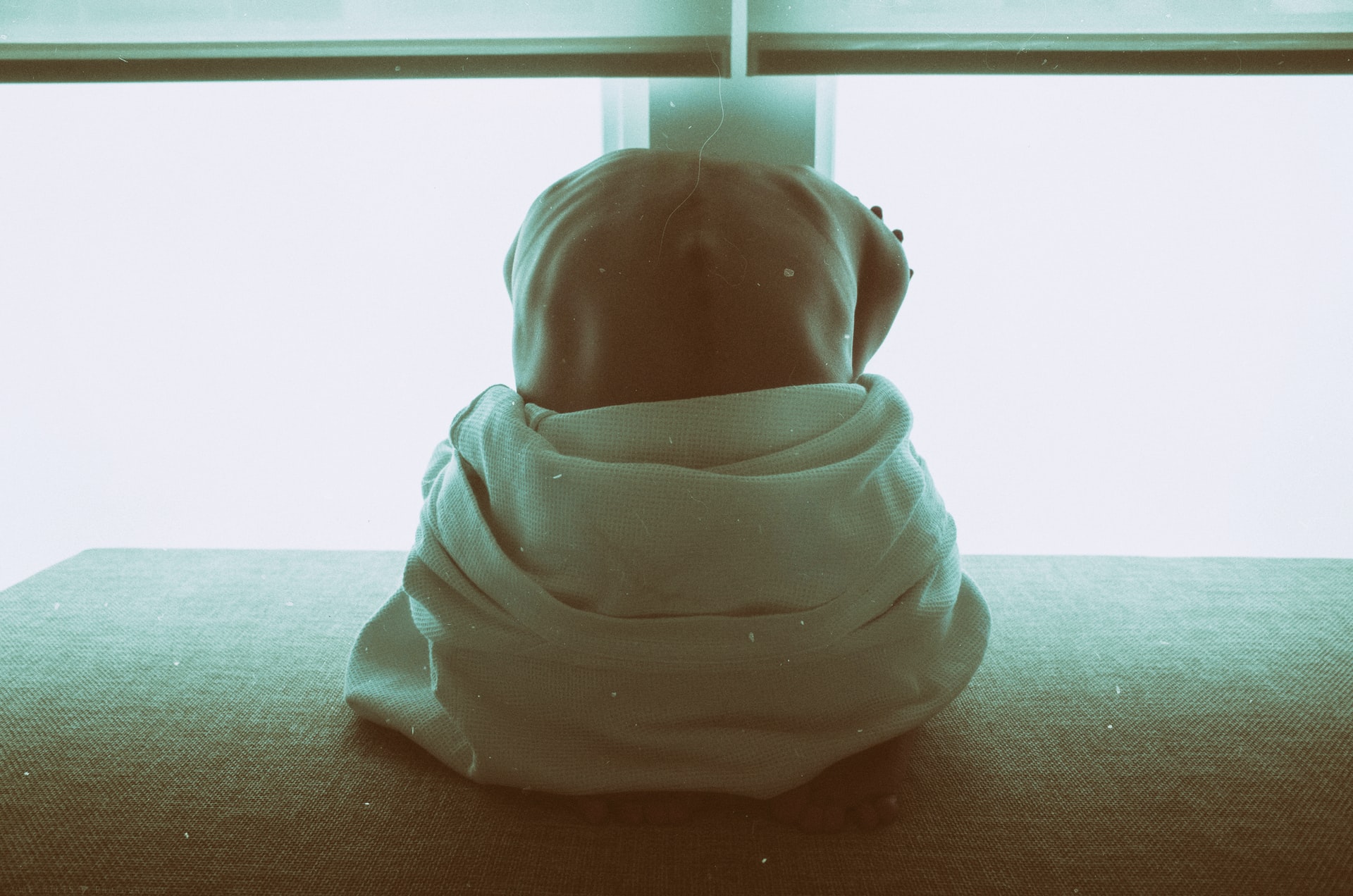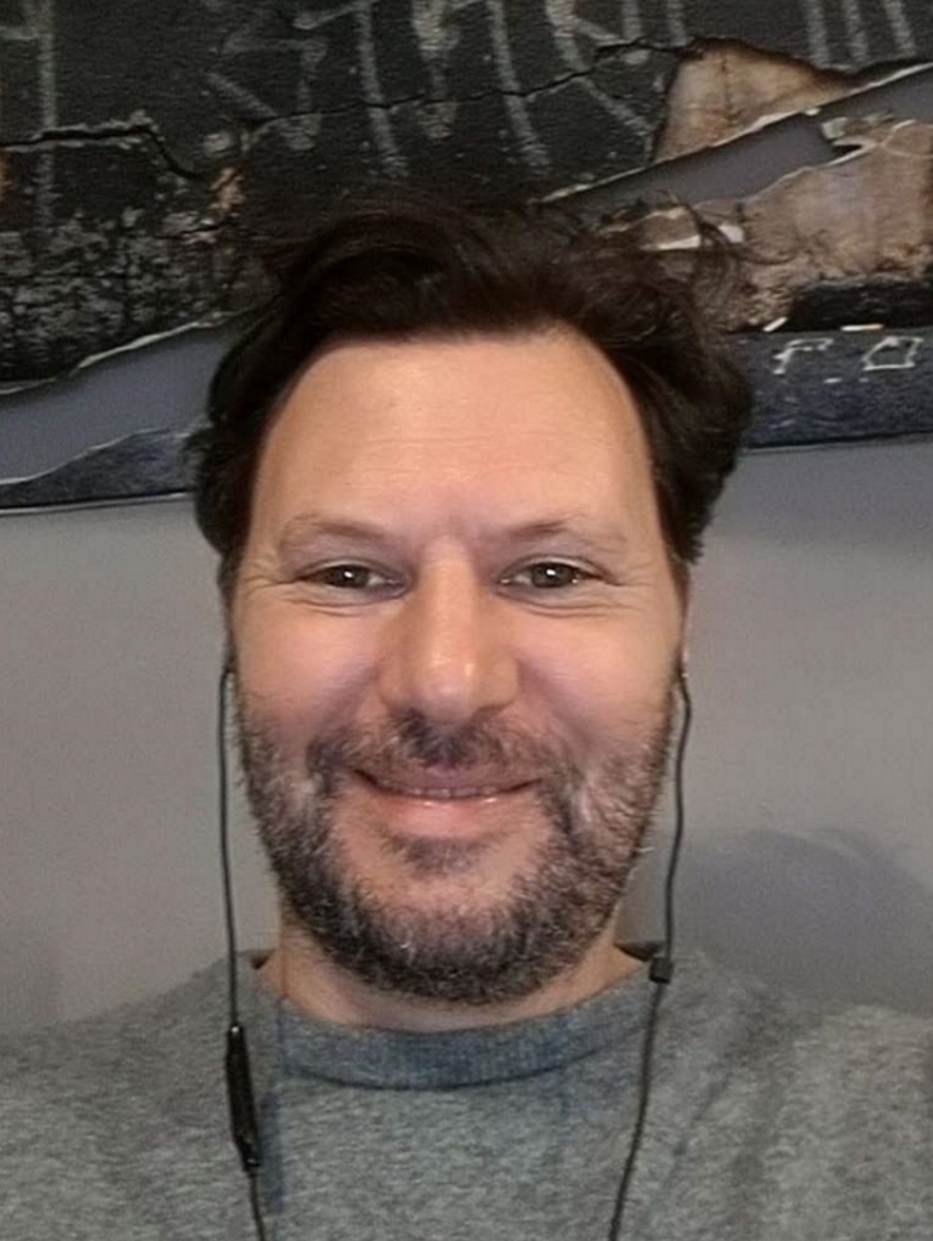
Guilt is typically thought to surface when you feel shame for something you have done. Shame and guilt are two different emotions but often go hand-in-hand.
You may also feel guilty for:
Think about the times you felt guilty.
It can arise in all kinds of strange ways such as feeling guilty about eating the last piece of pizza when you’re out with friends or asking your boss for a pay rise.
Guilt often combines feelings of shame, anxiety, frustration, humiliation and shares of lot of the same symptoms as depression.
Medical professionals list the following as signs of guilt:
I’ve experienced all the above at one time or another. In addition, I’ve felt guilty even when I was not guilty.
Recently, I also discovered another cause hidden deep within my unconscious.
From time to time, I have a recurring fantasy in my head. I find myself in a courtroom defending my view of the world and explaining why I think my opinions warrant airtime. My accusers also imaginary people and the scene takes place in front of a judge.
Admittedly, it’s not my best fantasy.
This scene could possibly be a rational or irrational fear. My view of the world that I intend to publish in my books and symbolism guides is not the standard paradigm. Other times I find myself in front of the judge to defend the reasons for doing things for others and not myself (usually work-related).
My response is always; well, what am I supposed to do. I have to make a living.
It turns out this is an excuse; a lie, actually.
Let me explain.
Recurring patterns of thought like this are actually a product of the unconscious mind. An imagined event is an unconscious urge to provide meaning.
“The unconscious has developed a special language to use in dreams and imagination: it is the language of symbolism. As we will see you, and the work is primarily the art of learning this symbolic language of the unconscious…Jung has shown that by approaching the unconscious and learning it’s symbolic language, we live richer and fuller lives. We are beginning to live in partnership with the unconscious rather than at it mercy or in constant warfare with it.” ~ Robert Johnson, Inner Work
These demands come from what has been called “archetypes” – split off fragments of the personality that at one time or another were relegated to the unconscious.
The eminent psychologist deduced that the unconscious has the capacity to create images – a symbolic language that communicates with the conscious mind.
Moreover, Jung developed an exercise he called ‘Active Imagination’. The purpose of this exercise is for the individual to explore your unconscious and help the conscious mind to understand and integrate unconscious content.
“Imagination is a concentrated extract of all the forces of life.” ~ Carl Jung
In his book, “Inner Work”, the Jungian psychologist Robert Johnson notes that the unconscious mind functions whilst we’re awake and “emits a continual stream of energetic pulses that find their way to the conscious mind in the form of feelings, moods, and most of all the images that appear in the imagination.”
Although it is acknowledged the imagination allows us to explore ideas in our present environment, people also dismiss the scenarios we create in our minds as illusions that are not real.
Jungians believe it’s a mistake to brush off thoughts as a ‘figment of your imagination.”

During my self-development journey, I’ve discovered they are right!
Have you ever had the feeling that there is more to the imaginary scenes that occur in your head than meets the eye?
If you repeatedly play out a scenario that appears from time to time for no particular reason, you should definitely not dismiss it as unreal.
The images in the imaginations are archetypal energies trying to make themselves known to the ego-mind.
“If we work with active imagination we soon confirm that we dialogue with genuine interior parts of our own selves. We confront the powerful personalities that live inside us at the unconscious level and who are so often in conflict with our conscious ideas and behaviour.” ~ Robert Johnson, Inner Work
During my latest episode in front of my unconscious Judge, I questioned why I was feeling guilty.
At the time of questioning, I had assumed my repressed guilt was because I didn’t feel guilty when I should have been, or was it because I was blamed for something I didn’t do.
I can honestly hold my hands up and say, either of these two causes would be true for me.
However, on this occasion, I discovered the repressed guilt was due to something entirely different.
My sister Michelle and I, are finding repressed emotions appear in various parts of the body. Emotion is not limited to one particular area as we originally thought after reading about metaphysical causes of pain.
For example, the first time I performed a healing meditation to release guilt, the repressed emotion initially appeared as a nagging pain in my hip and exploded down the sciatic nerve a couple of days later.
I had never had sciatica before and have not had it since.
Michelle also released guilt from her sciatic nerve, but it has also shown up in her solar plexus, heart and shoulders.
When the judge appeared in my thoughts, I returned to the issue of guilt. What was I still holding on to? Was it guilt I had not expressed when I was guilty or was it from the times I was reprimanded unfairly?
In these moments, my initial instinct is to turn to meditation to see what I can dig out from my unconscious. I asked my higher Self to reveal what I felt guilty about.
I used the self-observation tool we teach in the Essential Self-Development Program. Nothing came up.
So I meditated and Pinocchio appeared to me in my mind’s eye. His nose was extended. At the time, I didn’t realise what this meant. Was I guilty about lying? If so, that would have come up already and I already healed that in the sciatica episode.
The real issue revealed itself three days after the meditation.
A blotch appeared on the left side of my nose, red and tender. My nasal passage also became blocked. Given there were no other symptoms of a cold, I understood this was a purge.
So I looked into metaphysical causes of noses and deduced the symptoms were due to a lack of self-worth.
Guilt also has a significant impact on your sense of self-worth and self-esteem.
Pubmed comments: “The nose is therefore a significative element of relation, of contact and of expression.”
This made sense because, since my meditation, I had also felt a mild pain in my neck which is the throat chakra.
When you don’t express yourself through words or action, the throat chakra can become blocked. The throat chakra is also directly linked with the solar plexus chakra – which governs self-worth.
The blockage in my nose reflected the blockage caused by repressed emotions which ultimately dented by self-worth. These unconscious feelings of guilt were resurfacing themselves again in my life now.
Yet the question still remained, why was my unconscious guilt coming from and where was the connection with self-esteem?
I would find the answer to that in the archetype of the judge. (This is a tool I recently developed).
So let’s unpick this and I’ll show you how you can use some of the tools we offer at Master Mind Content for the purpose of self-development.
We also use these tools to quickly help you unlock your own unconscious and integrate your personal power in the current phase of your journey.
Like all archetypes, the energies of the judge reveal themselves as positive or negative attributes of your personality – or your imagination.
The judge is the equivalent of the Sage archetype which I identify with Hades and Persephone in Greek mythology.

The positive aspect of the Sage is the “wise old man/woman” who has the capacity to consider your options rationally, weigh up the evidence and help the ruler archetype to make a rational decision.
However, there is also the critical judge; and this archetype is a familiar voice for many people. It’s the critical inner voice that constantly picks fault; through self-criticism and judging the behaviours, attitudes or preferences of others (e.g. ridiculing somebody’s dress sense, taste in music or behaviour).
You can also identify if you have the negative attributes of the sage if you:
The underlying issue that seeds the critical judge is the sense that you are not good enough. When you are disciplined as a child it is normally because you did something that was not accepted by your parents, teachers or society.
The belief that you are not worthy or capable is planted at an early age and blossoms each time this false belief is reinforced.
Every time you make a mistake or feel inadequate, this feeling of “I’m not good enough” chips away at your self-respect and self-confidence.
At school, from an early age, we are in competition and compare our performances with our class peers. Every time you scored less on a test than somebody else, or you couldn’t run as fast as your friends, your self-worth took a knock.
Unless you have a strong character and rational mind, your self-worth deteriorates over time. To build self-worth, children and adults need emotional nourishment, a sense of belonging and the mental capacity to rationalise.
This wasn’t the case for me. In junior school, I was among the top performers in the class, captain of the football team and the second-fastest runner. My self-worth should have been pretty solid.
Except when I came second, my dad would say, ‘why didn’t you come first.’ But he never said ‘well done’ when I did come first. My teachers also seemed disappointed in me at times as well.
One time, I had brain fog and couldn’t work out a sum in math. I was given a ‘black spot’ for apparently, ‘not trying’ and had to stand in front of the entire school as punishment. How humiliating.
A lack of praise and negative comments in your formative years creates your inner critic.
The bad side of the sage also appears when you do what other people want to do instead of doing things for yourself.
This is something I was guilty of as a teenager.
Because I entered my teens with low self-esteem, my self-worth worsened. Rather than exploring things I liked to do, I did what my friends wanted to even though I didn’t like the places we went, the music they listened to or the conversations they had.
All I wanted was to fit in and be accepted.
When you do things for others just to fit in, you neglect your personal development and emotional needs. This weakens the positive qualities of the caregiver archetype.
To understand this it helps to know the symbolism in mythology – which is actually the tool that unpicks the lock to so many conflicts you encounter in a self-development program.
In Greek mythology, Hades aligns with the characteristics of the Sage archetype. The King of the Underworld basically represents your inner wisdom – the rich qualities of your personality that are hidden in your unconscious. Hades is known as the ‘Wealthy One’ for this reason.
The negative aspect of Hades is a disconnection from the world. He lives among the dead and his home is the Greek equivalent of ‘hell’.
One of the most well-known myths involving Hades is the ‘Abduction of Persephone’ when she was a young maiden. Persephone is the daughter of Demeter, ‘goddess of the grain’ who aligns with the caregiver archetype.

Demeter is the caregiver archetype because grains in esoteric wisdom refer to the cells in the body which rely on physical and emotional nourishment to function. And grains also supply healthy proteins the body needs.
At the time of her abduction, the young Persephone represents an undeveloped caregiver. When a maiden or princess appears in myth is always represents an unawakened aspect the hero or heroine represents (or goes on a journey to become).
Demeter is the protagonist in the Abduction of Persephone. So her abduction by Hades, “Lord of the Underworld – meaning “Law of the Unconscious” – takes away the awakening of consciousness of the caregiver archetype.
This is the knowledge an individual needs so they can take care of their physical and emotional wellbeing. Without this knowledge, you will fall into depression. In the myth, we see both Persephone and Demeter in a state the coincides with depression.
When the archetypal energy that becomes conscious in the ego-mind is a negative personality trait, it weakens the positive quality of that archetype. This is reflected by abductions and rapes in mythology. The imagery conveys how energy “possesses” the conscious mind.
Sure enough, when I checked my archetypes chart, I found guilt, shame and depression in the negative qualities column for the caregiver archetype.
My conscious mind was programmed to do things for others and neglect myself. My Persephone was buried in my unconscious. The caregiver archetype needed to be awakened.
The conclusion I reached was to start doing more things for myself that gives me emotional nourishment; films, playing the guitar, songwriting, live music, reading fiction, art galleries.
Coming to this awareness and making relevant adaptions has brought more happiness and fulfilment into my life. I haven’t heard from the judge for three weeks now.
This is why it pays to know which energies are most dominant in your conscious mind and which are trying to make themselves known. You can identify unconscious energies through archetypes, aches, pains, purges and more.
The critical judge, or negative attributes of the Sage, is a result of emotional disconnection. As a result, you listen to the head and not the heart.
The lesson to learn from the Sage is to accept yourself for who you are; your opinions matter, values and beliefs shape your life, and your attitudes forge your relationships. With all these in place, you enable Persephone to flourish, your caregiving qualities are divided between you and others.
In the myth, Zeus convinces Hades to permit Persephone to return to Earth for six months where she can spend time with her mother Demeter. The other six months of the year she spends in the Underworld with her husband Hades.
As Queen of the Underworld, Persephone has both the caregiving qualities of her mother and the depth of wisdom she brings back with her from the Underworld.
Everyone wants to be accepted and loved, but unless you love yourself and do what is best for you – the caregiver archetype – you will not find inner peace.
But your inner critic will continue to make an appearance, and if you permit her, Persephone will deliver the wisdom you need to the conscious mind.
